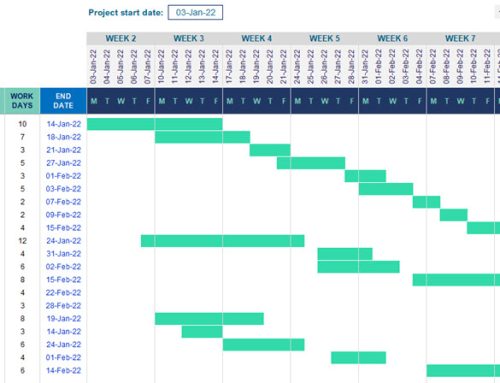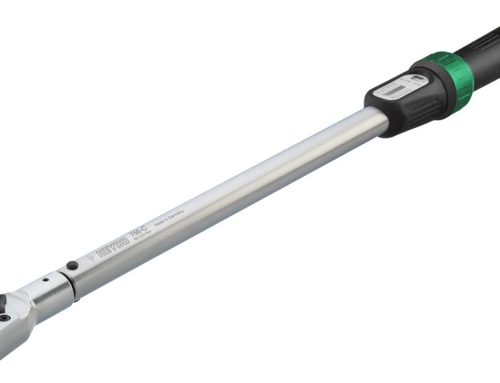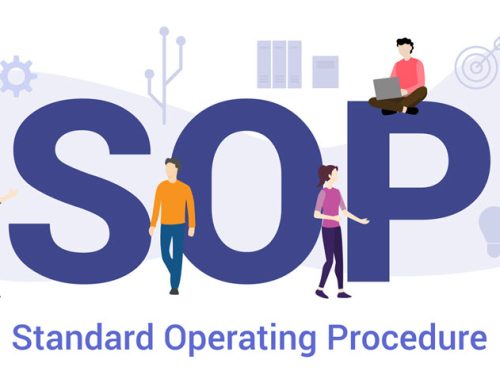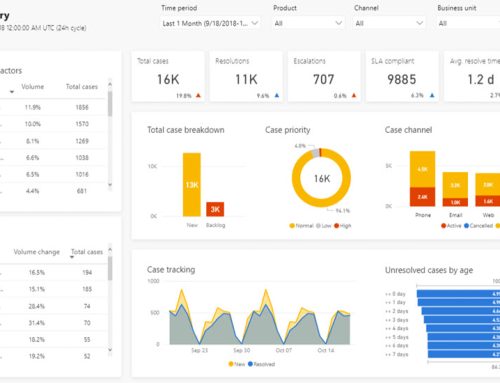Basically, an audit of a manufacturing process is a broad analysis of the process to authenticate that it is performing according to plan. Results are produced by processes, and process audits define if the results are correct and being created by means of managed processes in an effective approach. Manufacturing process audits must make certain that procedures are followed suitably, problems are fixed speedily, the processes are consistent, and continuous improvement and counteractive action are there when required.
Those organizations that implement an effective process audit system need to consider an extensive range of questions in order to create a manufacturing process audit checklist. However, at the core of these high-frequency checks there are some questions that must be included in the actual manufacturing process audit checklists to confirm that processes are being followed in the desired manner. There are 7 types of questions that must be considered for creating a manufacturing process audit checklist, which includes Safety, Materials, Motions, Workstation design, Process for reporting issues, Documentation and Follow-up.
Safety
The first category is safety. Although many organizations consider safety and quality as a separate component, but any expert will say that both influence each other directly. That’s why manufacturing process checklists must confirm that equipment is safe, used properly by workers, and safety protocols are being followed. Following questions are stated as examples:
- Are workers wearing Personal Protective Equipment (PPE) like safety glasses, hearing protection, or hardhats?
- Are machine guards in position and properly functioning?
- Are safety equipment’s such as fire extinguishers easily accessible and in working condition?
- Are standard safety procedures being followed by employees, using activities that decrease ergonomic threats?
- Are loose clothes being slipped in and long hair being covered or tied back?
Materials
The second category of questions includes materials. It is quite obvious that manufacturing quality products comprise of satisfactory materials, which makes it as a must have aspect of the manufacturing process audit checklist. In this respect following questions can be considered:
- Do all workstations have the accurate materials in the exact quantity?
- Are materials being used by the operators in the right order?
- Do employees obtain materials timely, or are there any sorts of interruptions or extra materials causing inefficiency?
Motions
The third category of question is motions. The particular motions used by workers can influence quality, efficiency and safety. That’s why manufacturing audit checklists usually include motion-related questions, such as:
- Are the standard work instructions being followed by employees at each step?
- Are operators moving in the best efficient way, or is there an improved approach to perform the task?
- Is there uniformity in the assembly operations, or are they just interruptions disturbing the process?
- In which way the materials are moved by people? Is there any step that could be removed or enhanced?
Workstation Design and Location
Workstation design and location is the fourth category of questions to be considered in the creation of a manufacturing process audit checklist. Process audit checklists must include questions that evaluate the safety and efficiency supported by the workstation itself. The following questions must be kept in mind in this regard:
- Is this the finest location in the plant for realizing the objectives of workstation?
- In which ways the location contributes to our process in terms of shipping, receiving and safety?
- Are there suitable equipment’s and fixtures available for the workstation task?
- Is there availability of error-proofing devices and are they functioning properly? Are they used by the operators every time?
Process for Reporting Issues
The fifth category of question is process for reporting issues. There is no doubt that a strong process for reporting issues is of paramount value for creating a quality culture. For this category, process audit checklist questions can include:
- What are the available reporting choices employees do have so they can share their concerns regarding quality, safety or efficiency? Do they know about these options?
- Do operators hold direct contact with manufacturing engineers for giving feedback on work guidelines?
- Are reported problems documented as well as fixed promptly, or are there any sort of delays?
Documentation of Processes
Documentation of processes is the second last category to be considered for questions of the audit checklist. Certainly, documentation is a key element for the effective quality processes especially the standard work guidelines. They can include issues like:
- What is the standard documentation process for work on the shop floor?
- Is it possible to access the most recent instructions by the operator? If that’s the case, are the being reviewed regularly?
- Do the operators really have an understanding of the process?
- What procedure is being followed for altering or adjusting the documentation? Do operators review those changes regularly, and can they be clarified by them?
Follow-up
The last category of is follow-up. An effective manufacturing quality checklist must include follow-up and action items to ensure that any sort of non-conformances are controlled properly. In this aspect, following areas must be considered:
- What are the suggested modifications to the process or part?
- How it will be made possible to observe and evaluate follow-up?
- What new questions must be checked occasionally in future audits on the basis of customer grievances or counteractive actions?
- If the organization lacks an automated platform, how it will be ensured that the audit questions are rotated and auditors have updated checklists?
The categories of questions discussed above are some of the most common types of questions covered in process audits checklist. However, the main thing is to use your internal process failure modes and effects analysis (PFMEA) methods to classify what are the high risk processes and questions must be designed around them.






